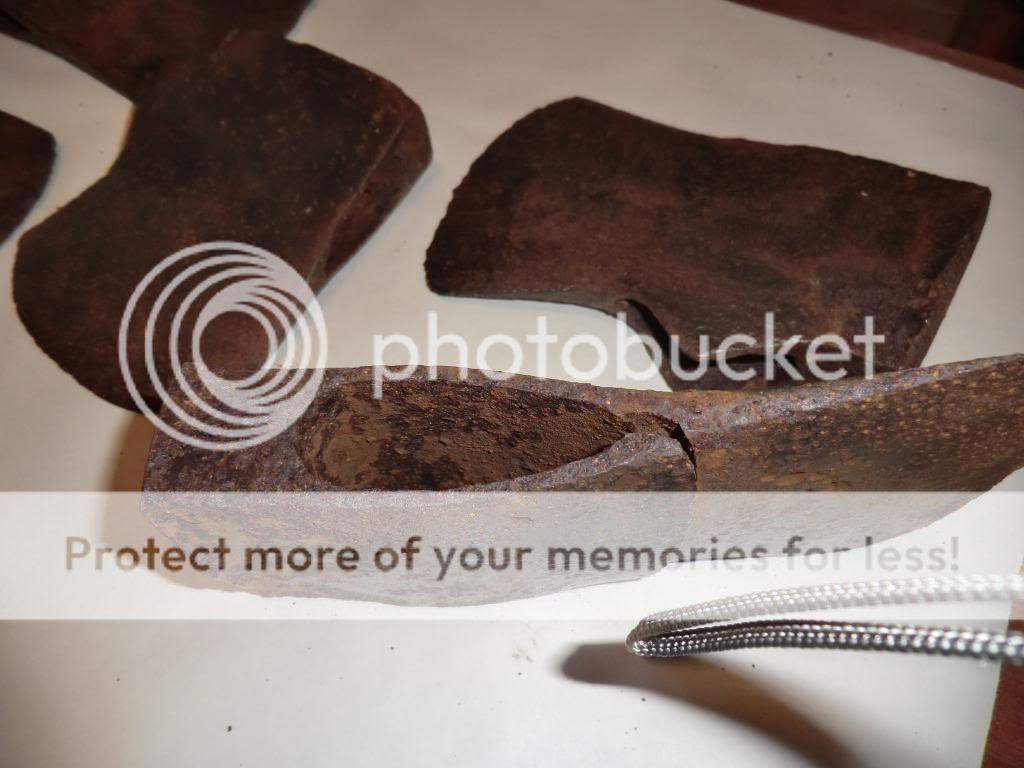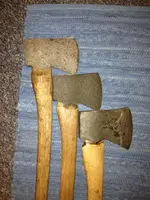s.tan
Full Member
- Joined
- Aug 18, 2013
- Messages
- 118
- Reaction score
- 42
- Golden Thread
- 0
- Primary Interest:
- All Treasure Hunting
Hi everyone,
Dug this up yesterday in a city park that was established in 1887. Thought it was an ax head until I saw how angled it was on the back of the head. Figured then, that it was a maybe a wedge for splitting logs. Didn't seem to have a hole for a handle. Cleaned it up today and realized that it did have holes for the handle with the hole at the top being smaller than the hole underneath. Can't figure out why it would have been made with an angle on the back of the head, though. All the axes that I've ever used have had a flat back. Any thoughts from you, guys and girls? Also need advice on the best way to preserve it. Thanks.
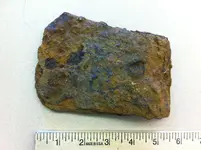
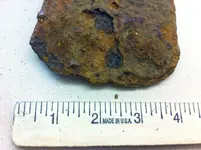


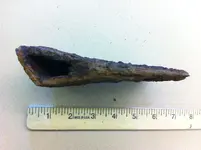
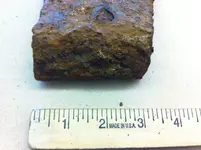
Dug this up yesterday in a city park that was established in 1887. Thought it was an ax head until I saw how angled it was on the back of the head. Figured then, that it was a maybe a wedge for splitting logs. Didn't seem to have a hole for a handle. Cleaned it up today and realized that it did have holes for the handle with the hole at the top being smaller than the hole underneath. Can't figure out why it would have been made with an angle on the back of the head, though. All the axes that I've ever used have had a flat back. Any thoughts from you, guys and girls? Also need advice on the best way to preserve it. Thanks.






Upvote
0



